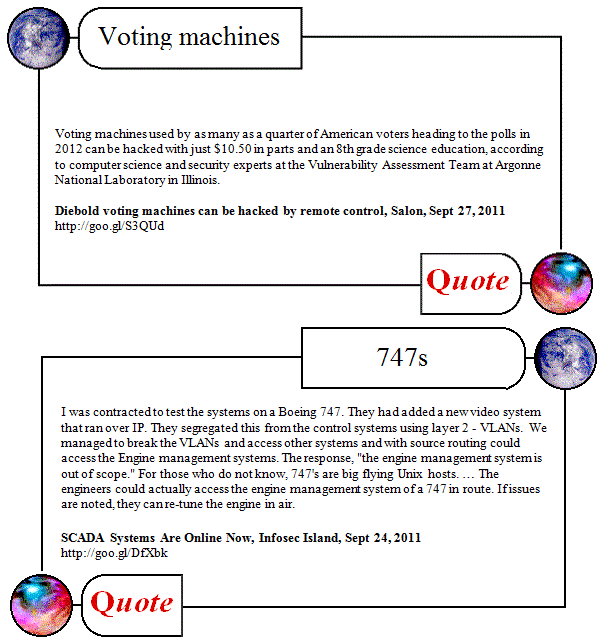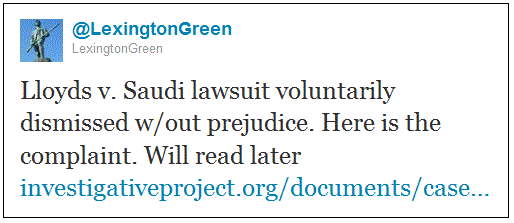This is a response to Madhu, commenting on her post I can’t believe you said that, Secretary Clinton. I’d originally posted it below her own post, but I addressed it to Pundita, my HTML was FUBAR — and the two images I wanted to include wouldn’t load…
So here it is, as a stand-alone post. With apologies.
Hi, Madhu:
Really, this is just a matter of detail, but I don’t think Secretary Clinton was really meaning to say that Sirajuddin Haqqani met with President Reagan at the White House. Reagan’s meeting with the mujahideen leaders took place on February 2nd 1983, and even Sirajuddin’s celebrated father, Jalaluddin, was not present, despite recent press statements that he was.
The News (Pk) reported as recently as September 30th:
A photograph widely published in the newspapers worldwide on Wednesday is that of Afghan mujahideen leader Maulvi Mohammad Yunis Khalis in the company of President Ronald Reagan at the White House in 1985, but it was wrongly mentioned that the elderly and turbaned man with the henna-dyed beard is Maulvi Jalaluddin Haqqani.
This is a famous and almost unforgettable photograph. President Reagan in his elegant suit appears awe-struck as he looks at Maulvi Yunis Khalis, who is making a speech in his mother tongue, Pashto.
A third, younger man in the photo is Zalmay Khalilzad, the Afghan-American who later made rapid advances in his career both as an academic and diplomat and also served as the US ambassador to Afghanistan and Iraq. He is taking notes as he acted as the translator in this and other official meetings of the Afghan mujahideen leaders during their visit to the US.
Haqqani then was much younger and had a thick black beard. More importantly, he had never been to the US. He certainly was a well-known mujahideen commander of the Hezb-e-Islami (Khalis) — a party led by Maulvi Yunis Khalis, and had a status equal to another famous commander Ahmad Shah Masood.
But Haqqani wasn’t in the same league as the Afghan mujahideen leaders who were invited to the White House in Washington and hosted by President Reagan. The only Afghan mujahideen leader who declined to visit the US was Gulbaddin Hekmatyar, who led his own faction of Hezb-e-Islami.
Maulvi Yunis Khalis, a warrior as well as a writer, was head of the Peshawar-based Afghan Mujahideen Alliance at the time and was, therefore, heading the delegation to the US. Others accompanying him on the visit were Prof Burhanuddin Rabbani, Prof Sebghatullah Mojadeddi, Pir Sayed Ahmad Gailani, Maulvi Mohammad Nabi Mohammadi and other lesser-ranked mujahideen leaders and commanders.
It was during this White House meeting that President Reagan referred to the Afghan mujahideen as freedom fighters. He remarked that the Afghan mujahideen leaders were equivalent of the great Americans who founded and liberated America. After this meeting, the US assistance to the Afghan mujahideen was increased to enable them to put up a better fight against the Soviet occupying forces in Afghanistan.
So (a) Clinton is getting her Haqqani’s mixed up — Sirajuddin was supposedly born in the 1970s — and (b) whether she was thinking of the 1985 picture of Khalis which has been erroneously stated to be of Haqqani:

or of this group portrait from 1983:

as far as I can determine, no Haqqani was present on either occasion.
*
As I say, it’s just a matter of detail…
But there’s still plenty of room for irony, questions of blowback, etc…



